What is the tolerance range of precision screws?
What is the tolerance range of precision screws?
Service Hotline
+86760-8787 8587We have more than ten years of production experience in the screw industry. The main products are: flat head screw, single-head plastic column, natural color pin T-pin, nut combination set, A3 round nut, extended ring screw nut, handle stainless steel handle Screws, 304 core pulling screws GB109 flat head rivets, aluminum alloy screws, large wholesale nuts, GB861.2, anchor screws, anti-tooth left teeth national standard carbon steel round nuts, chain buckle screws, hexagonal bolts with pads and other fasteners, Due to the different materials and specifications of the products, the prices are also different, please contact us if necessary.


The drawing process has two purposes, one is to modify the size of the raw materials; the other is to obtain basic mechanical properties of the fasteners through deformation and strengthening. For medium carbon steel, medium carbon alloy steel also has another purpose, that is, to make the wire rod. The flaky cementite obtained after controlled cooling is cracked as much as possible during the drawing process to prepare for the subsequent spheroidization (softening) annealing to obtain granular cementite. However, some manufacturers arbitrarily reduce the drawing in order to reduce costs. The excessive reduction rate increases the work hardening tendency of the wire rod, which directly affects the cold heading performance of the wire rod. If the distribution of the reduction ratio of each pass is not appropriate, it will also cause torsional cracks in the wire rod during the drawing process. In addition, if the lubrication is not good during the drawing process, it can also cause regular transverse cracks in the cold drawn wire rod. The tangential direction of the wire rod and the wire drawing die is not concentric at the same time when the wire rod is rolled out of the die, which will cause the wear of the unilateral hole pattern of the wire drawing die to aggravate, make the inner hole out of round, and cause uneven drawing deformation in the circumferential direction of the wire. The roundness of the steel wire is out of tolerance, and the cross-sectional stress of the steel wire is not uniform during the cold heading process, which affects the cold heading pass rate. During the drawing process of the wire rod, the excessive surface reduction ratio will deteriorate the surface quality of the steel wire, while the too low surface reduction ratio is not conducive to the crushing of the flaky cementite, and it is difficult to obtain as much granular cementite as possible. , that is, the spheroidization rate of cementite is low, which is extremely unfavorable to the cold heading performance of the steel wire. For the bar and wire rod produced by the drawing method, the partial surface reduction rate is directly controlled within the range of 10%-15%.
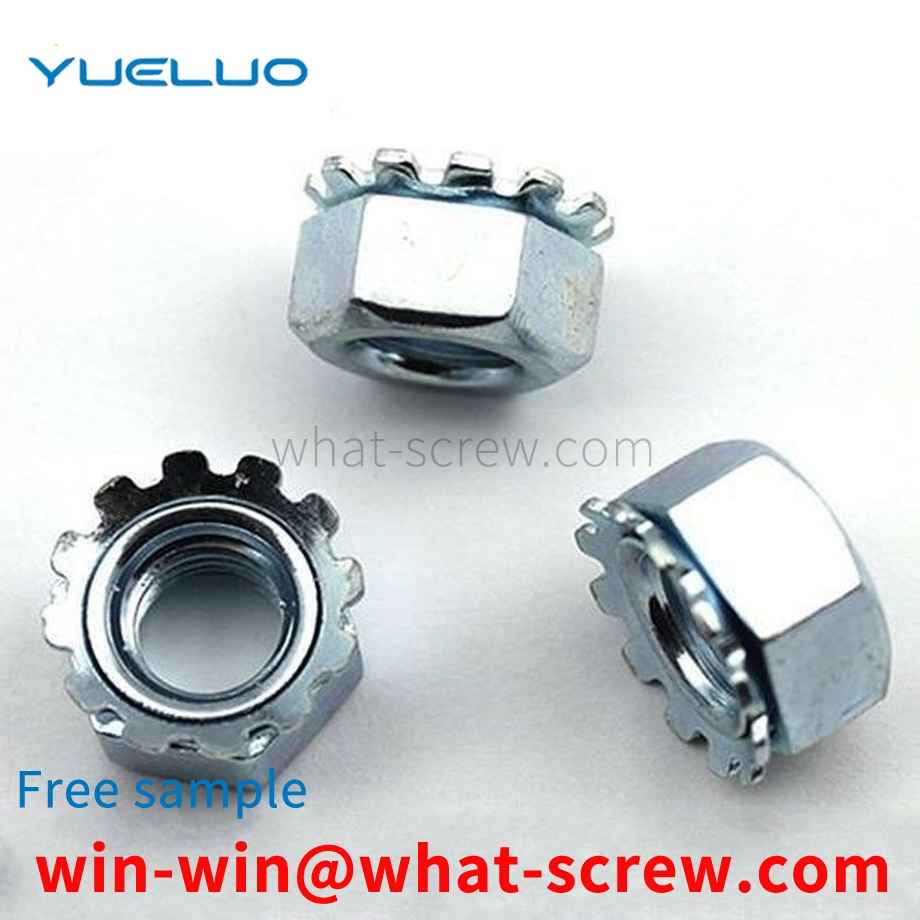
captive screw is a commonly used pressure riveting part. Usually the captive screws are directly riveted on the motherboard, so as to play the role of fixing the components, and there is a high requirement for the distance between the opening holes on the component. Once the distance between the through holes on the component and the If the distances between the riveting holes on the motherboard do not match, the components cannot be riveted on the motherboard, which will result in defective or scrapped products, thereby increasing production costs and reducing production efficiency.
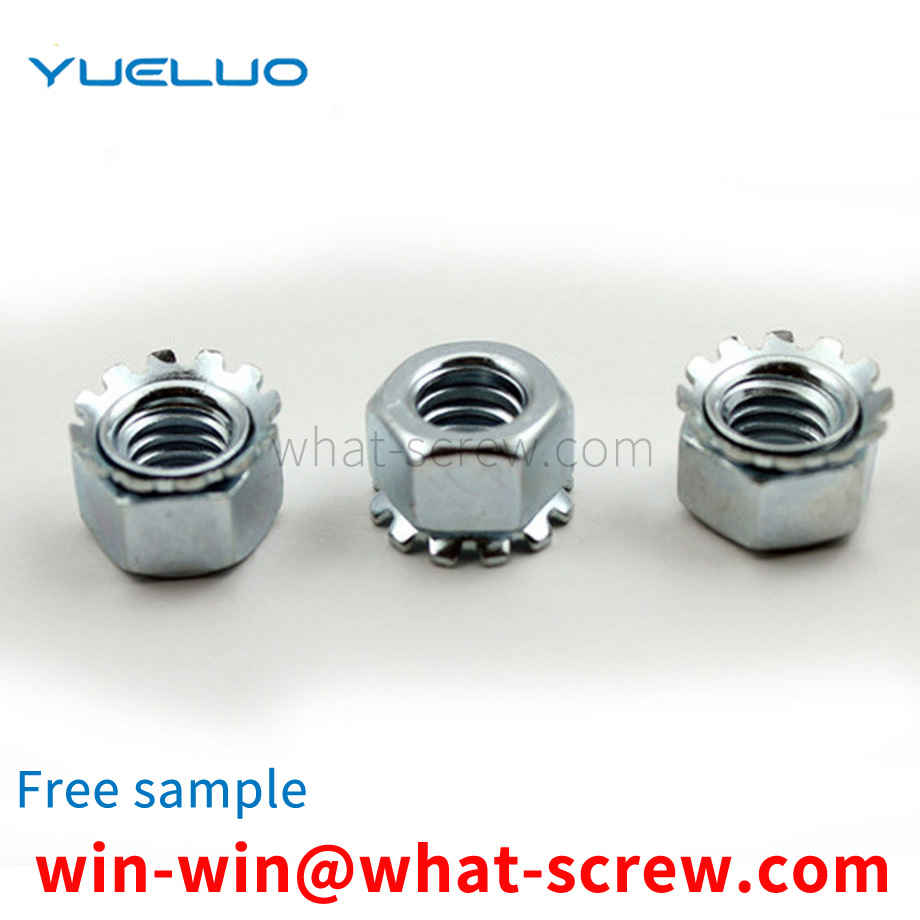
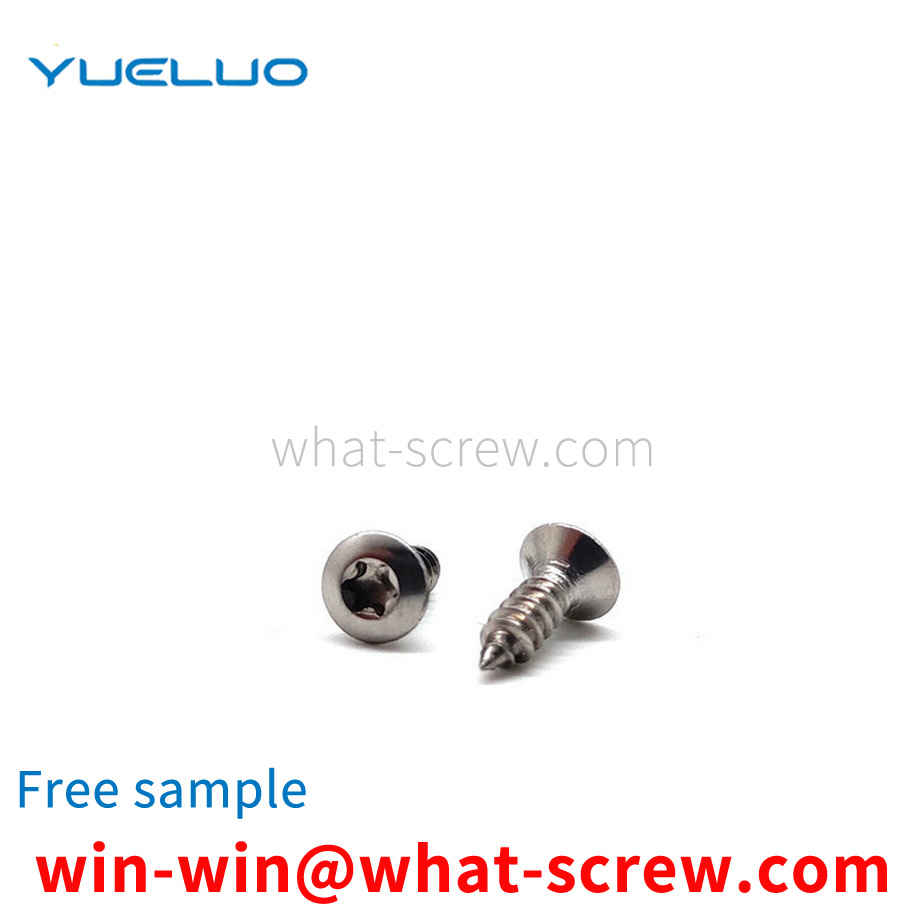
A kind of nut provided by Yueluo. The nut is in the shape of a casing and is provided with a threaded section. The hole walls at both ends of the threaded section are respectively provided with an annular shape and two grooves, and the notch of the groove points to the hole core. The hole diameter at the notch of the annular groove at the front end of the screw-in direction is larger than the nominal size of the thread segment, and the hole diameter at the notch of the annular groove at the rear end of the screw-in direction is smaller than the nominal size of the thread segment.

At present, the stopping method of the pin shaft stop pin of the general hydraulic excavator is mainly by using a long bolt to pass through the pin shaft stop sleeve pin hole and the pin shaft pin hole, and then use a double nut on the other end of the bolt to force it away from the pin shaft. The outer circle of the stop sleeve is about 2 3mm away to prevent the bolts and nuts from falling off. Due to the structure in which the double nuts are pressed against each other, the disassembly and assembly efficiency of this pin shaft stop method is not high, and two wrenches are required for each assembly and disassembly, which is extremely troublesome.

The above content is uploaded by Yueluo or the Internet. If there is any copyright issue, please contact [email protected].

What is the tolerance range of precision screws?

How to choose the right stainless steel screw manufacturer?

Why is there an R angle under the head of the hexagon head s...

We have more than ten years of experience in screw industry ...
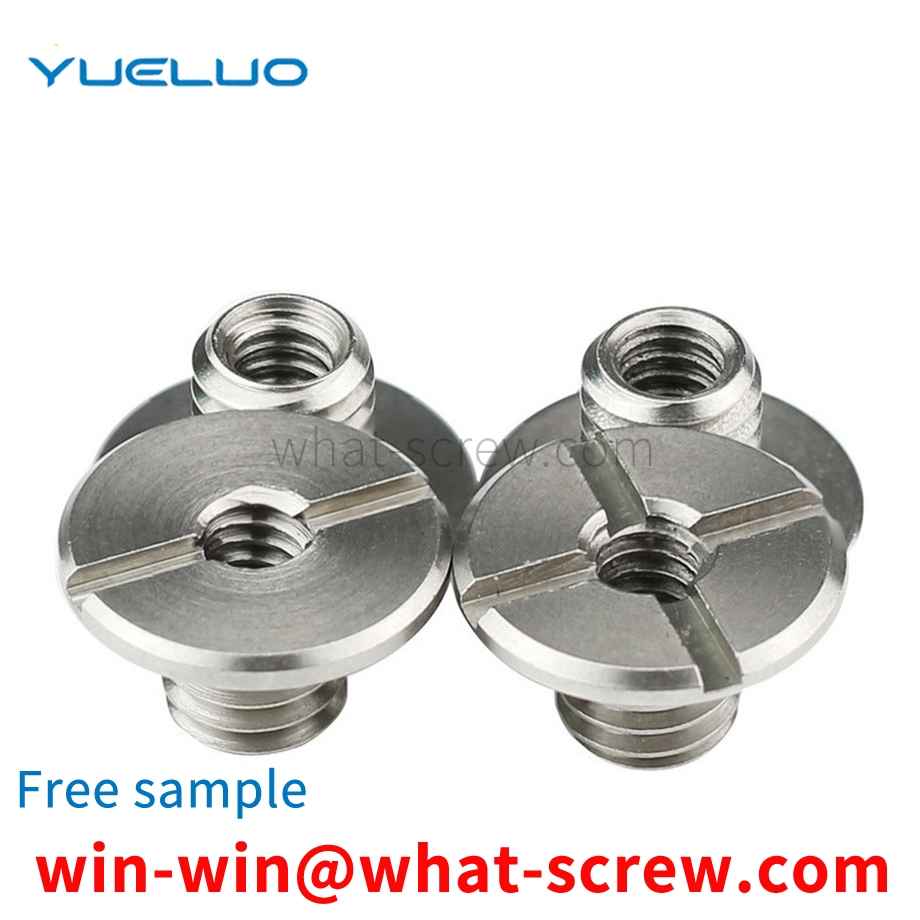
We have more than ten years of experience in screw industry ...
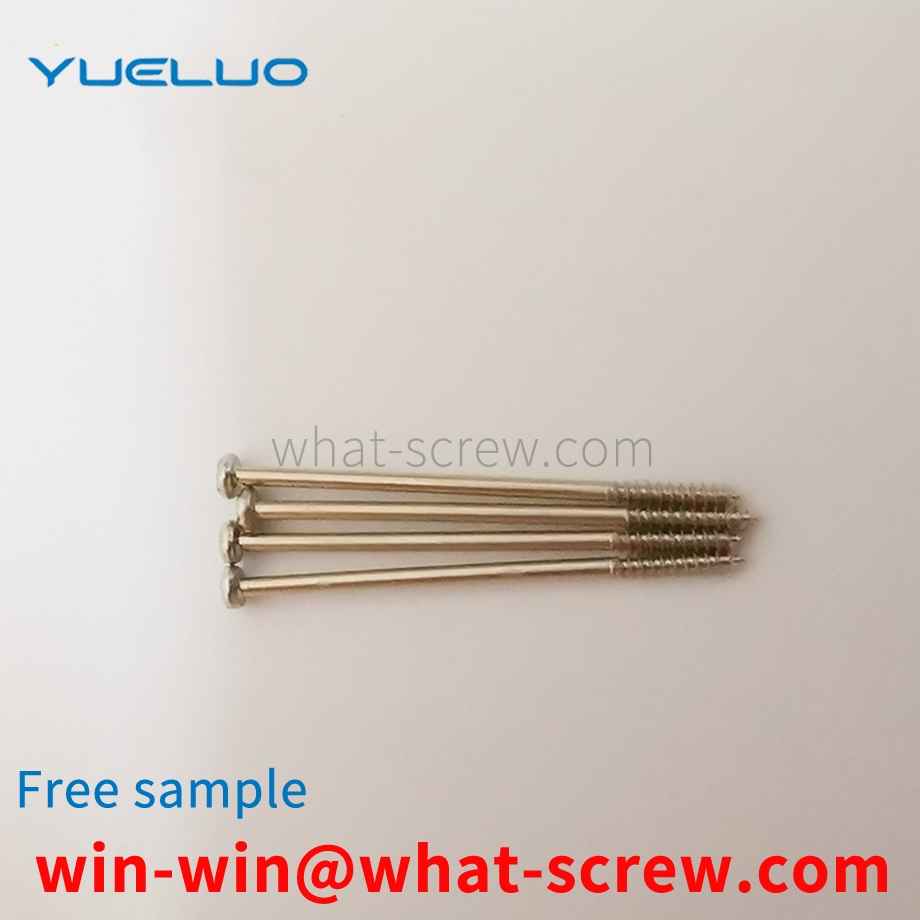
We have more than ten years of experience in screw industry ...
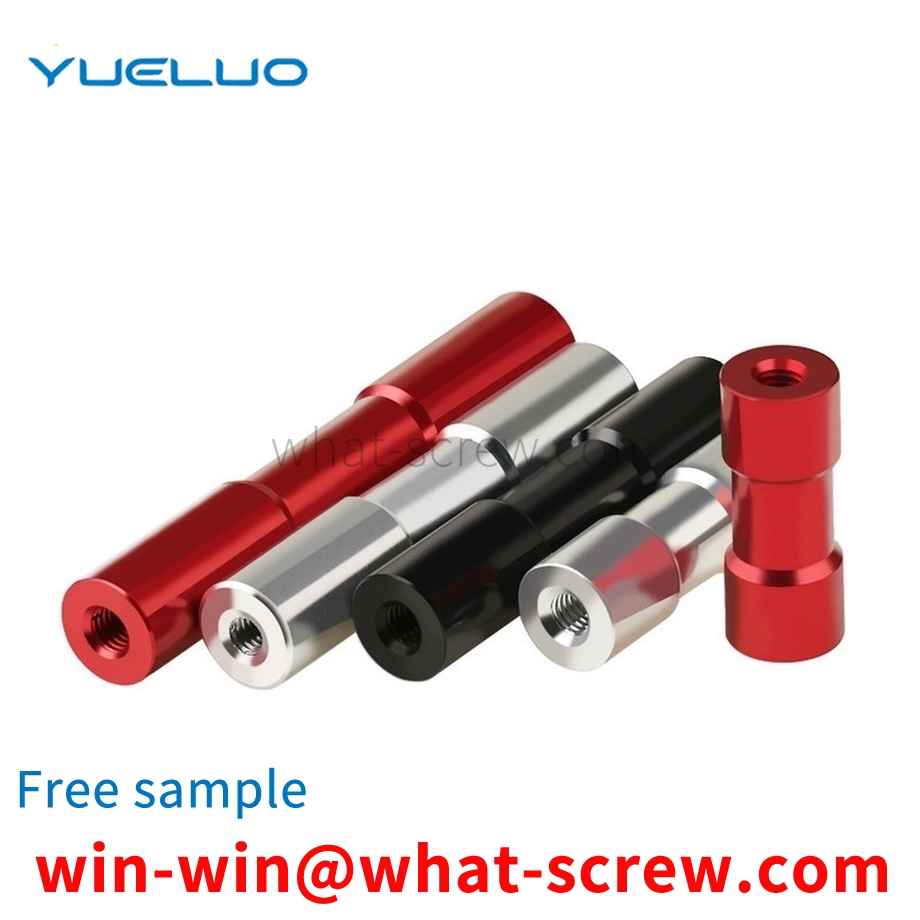
We have more than ten years of production experience in the ...